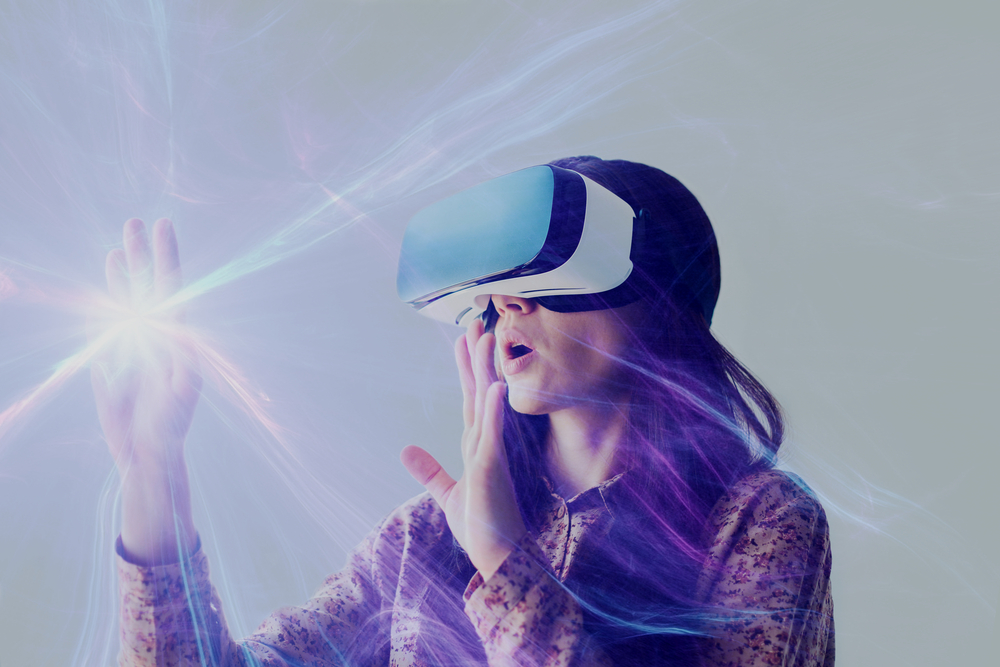Reality check – Virtual Reality shaping the future of general insurance

No longer the realm of science fiction, virtual reality (or VR, as commonly known) has established itself as the ultimate way to experience hyper-realistic environments from the comfort of your home or office. Although the focus has primarily been on video games, professionals, industries and insurers are already understanding the massive potential VR has for the workplace.
VR devices, such as the Oculus Rift and the HTC Vive, have an enormous array of applications in addition to home entertainment. Recently, the Victorian government announced a VR training program for all state paramedics, to protect themselves from occupational violence incidents. Since the technology’s inception, the Australian military has been undertaking training scenarios to better equip them in the field. Lawyers are currently using VR to provide an accurate representation of a crime scene.
This is just the tip of the iceberg – VR has the potential to redefine insurance itself.
Traditionally, the biggest challenge insurers face is understanding risk. Modern technology has come a long way to address this need – insurers are now using car monitors to understand driving behaviour , and Fitbits to understand a client’s health . VR is another powerful tool that an insurer can use to fill in their understanding of a risk profile.
Imagine a scenario where a risk assessor is making a judgement over insuring a building. They can base their decision on a few poorly shot pictures, or expend time and resources to view it in person. A better option may be viewing a 360° video of the site, allowing them to identify hazards that a limited view might miss.
What if insurers could gain an accurate assessment of an individual’s driving ability before they step in a car? Drivers could undertake a VR test to assess all potential driving hazards in a scene, and how quickly they react to it. This offers a good indication for how well they will do on the road – in fact, many official driving tests now have a VR component to them.
Consider VR’s potential for assessing liability. In the event of a car crash, insurers can make more accurate decisions when they have a complete picture of situation. In all likelihood, the cars of the future will be equipped with 360° video feeds, completely removing any doubt about the events leading up to a crash.
For insurers, the benefits of VR are clear: less costs, the ability to offer coverage anywhere, and more accurate results. There’s no doubt over whether this technology will be an intrinsic part of insurance; the only question is how soon.
Gallagher Bassett partners with forward-thinking insurers to manage their general insurance claims. As such, we remain at the forefront of innovation and technology in the industry. If you’re interested in talking to us about the future of VR, contact us here.
Author

